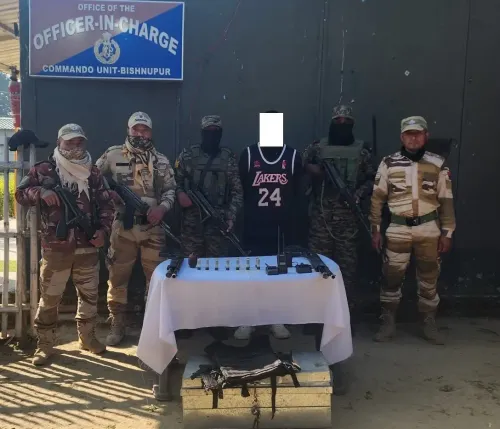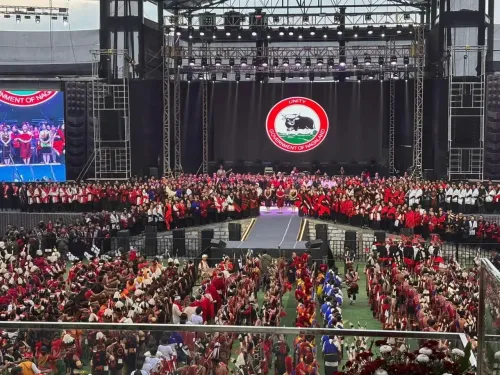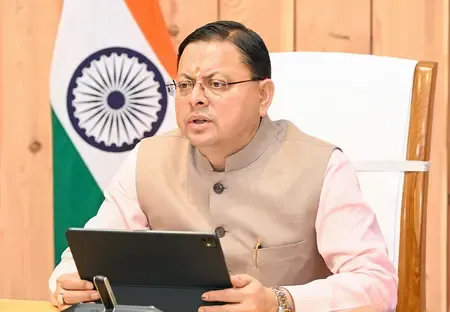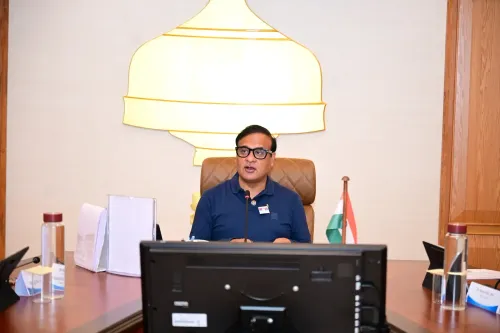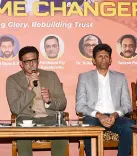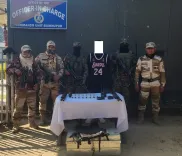Is Jairam Ramesh Leading Congress to Claim BrahMos Triumph?
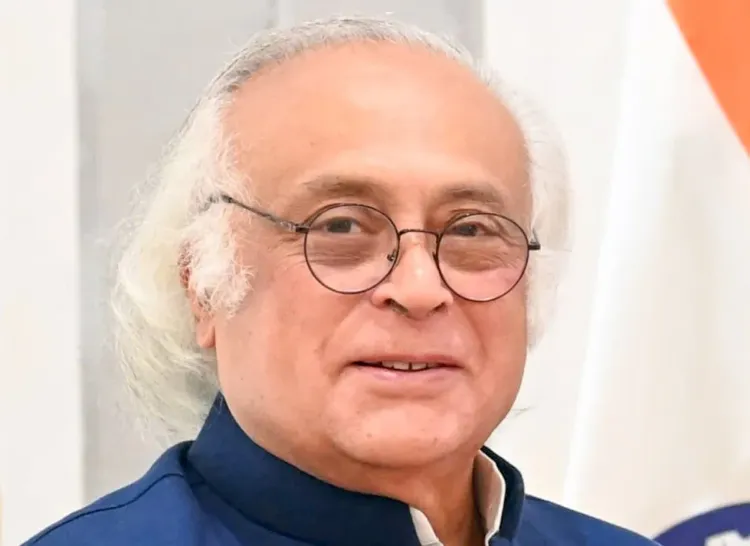
Synopsis
Key Takeaways
- BrahMos missile is a testament to Indo-Russian collaboration.
- Congress emphasizes its historical contributions to the missile's development.
- Political narratives shape public perception of defense achievements.
- Operation Sindoor highlights India's advanced military capabilities.
- Engagement in defense technology fosters national security.
New Delhi, May 13 (NationPress) In a bid to share the accolades for the impressive performance of the BrahMos missile during Operation Sindoor, the Congress party on Tuesday highlighted its significant contributions to the development of this powerful weapon, which is part of a four-decade-long missile initiative.
Former Union Minister Jairam Ramesh took to social media to recount the history of the BrahMos missile and criticized the government for its alleged tendency to monopolize credit for past achievements.
“This is yet another exemplary demonstration of continuity in governance that cannot be overlooked or erased - despite it being the habitual practice of the current ruling establishment in New Delhi,” Ramesh remarked.
He elaborated on the missile’s name and its development milestones, including Russian President Vladimir Putin inaugurating the BrahMos headquarters in Delhi in 2004, and its induction into the Navy in 2005, the Army in 2007, and the IAF in 2012 during the UPA era.
Ramesh stated, “It is named after the Brahmaputra and Moskva rivers and exemplifies Indo-Russian cooperation.”
The competition for recognition regarding BrahMos and its induction into the armed forces seems to have intensified after BJP leaders, including Defence Minister Rajnath Singh and Uttar Pradesh Chief Minister Yogi Adityanath, recently lauded the supersonic cruise missile’s performance during Operation Sindoor while inaugurating its new production facility in Lucknow.
Even Prime Minister Narendra Modi, in his national address, praised the efficiency of ‘Made in India’ defense equipment, which was clearly demonstrated during Operation Sindoor.
Previously, Ramesh, in his remarks about BrahMos, revisited India's Integrated Missile Development Programme that commenced in 1983 under the Congress leadership.
He also acknowledged the contributions of Prime Minister Manmohan Singh. “His leadership was instrumental in the historic Indo-US nuclear agreement of 2005, which ultimately led to India joining the Missile Technology Control Regime eleven years later,” he noted.
“During his tenure, the BrahMos Integration Complex in Hyderabad and BrahMos Aerospace Thiruvananthapuram Limited were established,” he added.
Designed by BrahMos Aerospace - a collaboration between India's Defence Research and Development Organisation (DRDO) and Russia's NPO Mashinostroyeniya - this supersonic cruise missile has a range of 290 to 400 kilometers and can reach speeds up to Mach 2.8.
It can be launched from land, sea, or air and utilizes a "fire and forget" guidance system.


